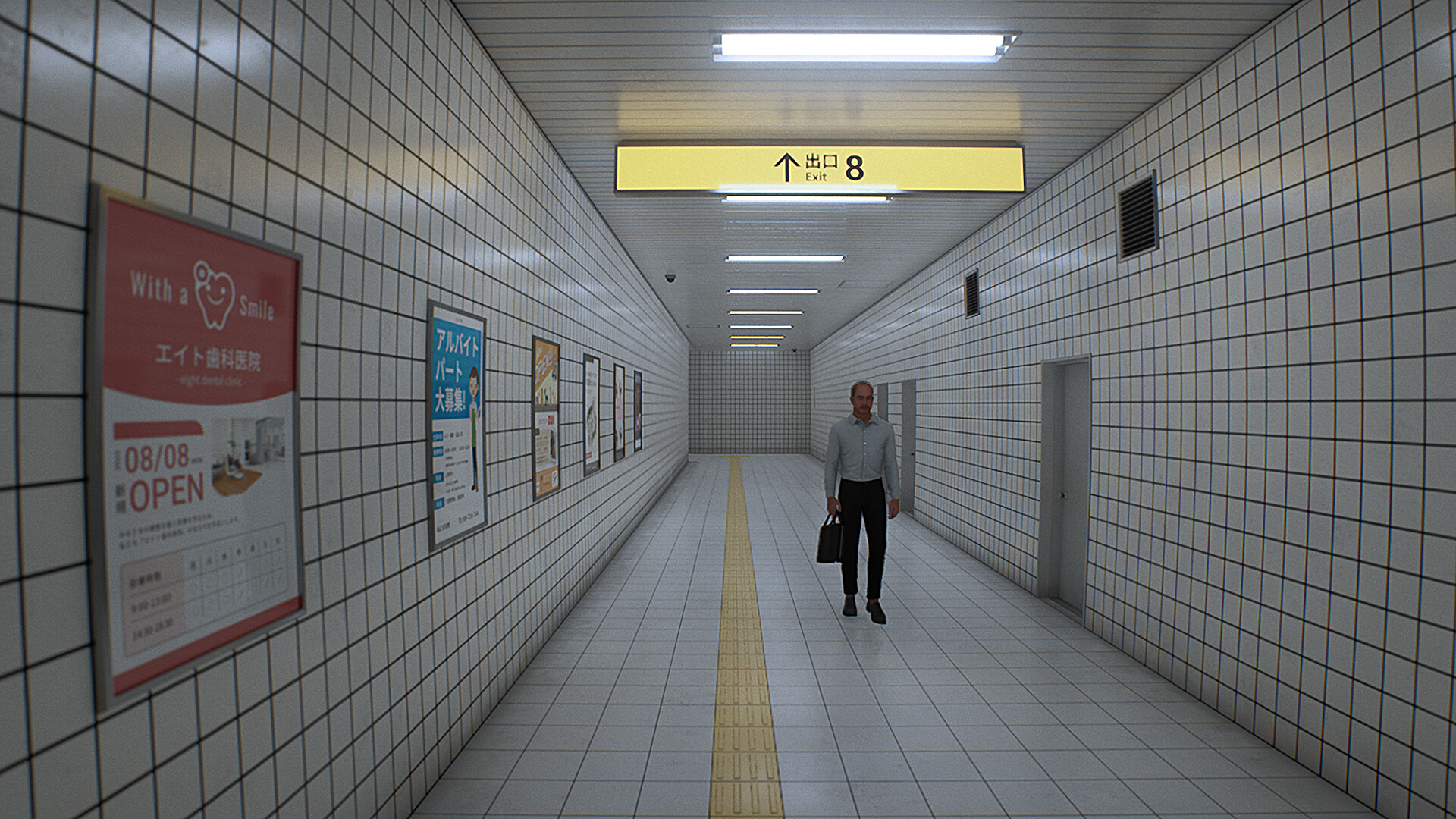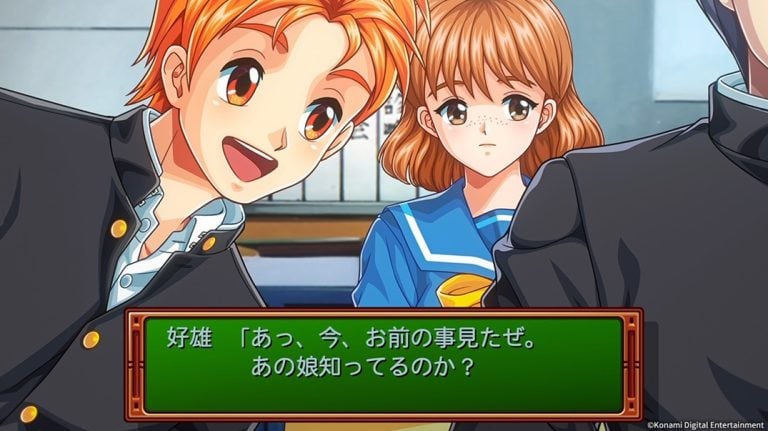In an interview with Game Makers published on February 14, one-man Japanese indie developer Kotake Create talked about the development of the hit walking simulator The Exit 8. He revealed his influences and explained how he gradually came up with the simple yet addictive formula. The game was Wishlisted over 40k times on Steam and sold more than 30k copies on launch day.
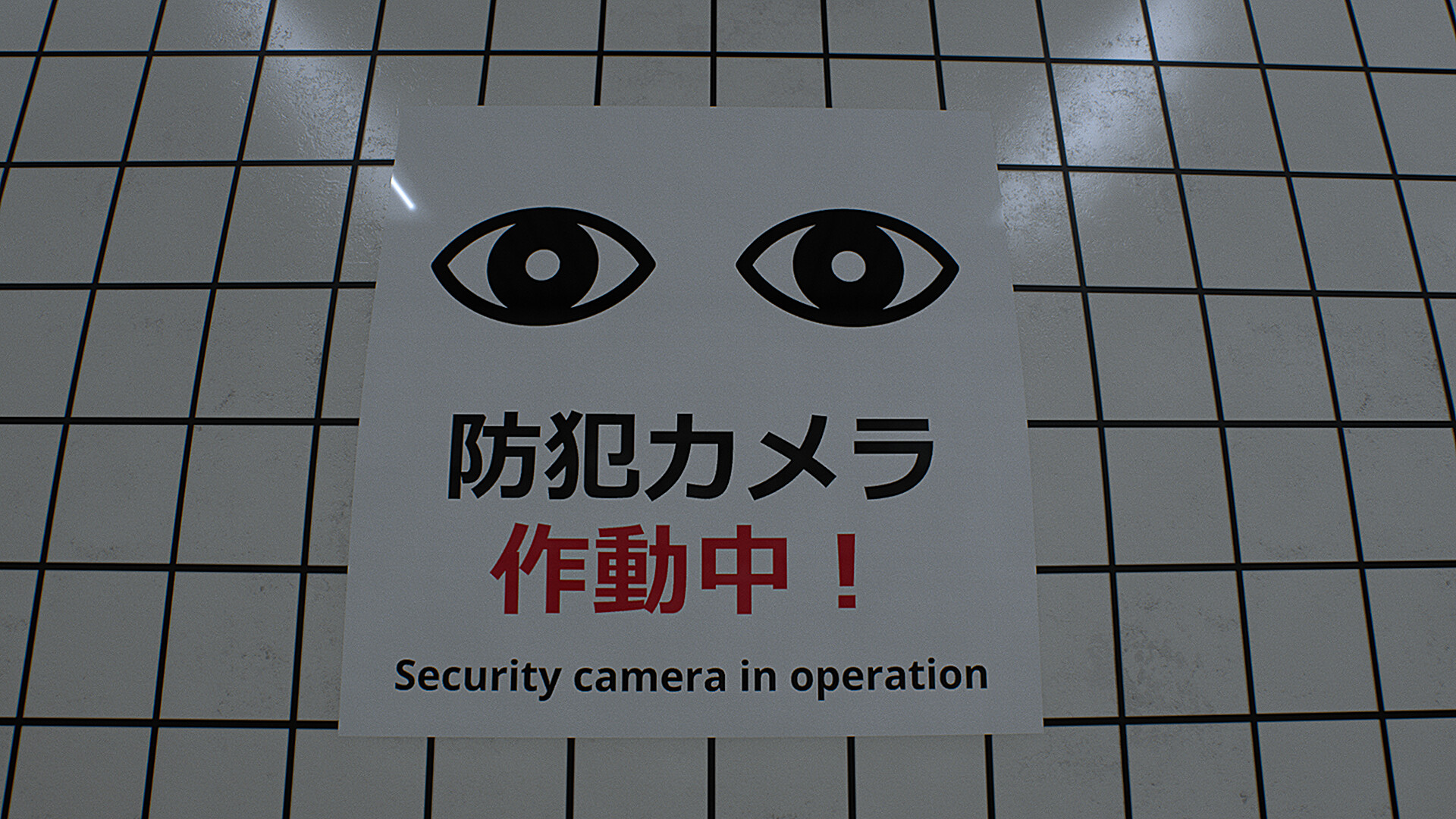
The Exit 8 is a “spot the difference” walking simulator in which you travel through an underground passage in a Japanese subway station while searching for the exit. In order to find it, you must go through multiple loops of the same passageway while looking out for anomalies. Whenever you see something out of place, you must turn back. If there are no anomalies, you must continue walking forwards.
According to a recent interview, Kotake Create started off the development of The Exit 8 knowing that he wanted to make a short game with a relatively short development period. As an example of a short and simple game with significant commercial success, he took inspiration from I’m on Observation Duty; a horror game about spotting anomalies in CCTV footage. Although he decided to adopt the “anomaly spotting” mechanic, the developer introduced a new setting, one that he had a personal fascination with – Japanese underground passageways.
Another crucial point of The Exit 8’s concept was a “looping mechanic,” and this was inspired by Twelve Minutes – a game that traps the player in a 12-minute time loop. Having decided upon anomaly spotting, underground passageways and looping space as three main elements of the game, Kotake Create next tackled the question of how anomalies should be dealt with. Apparently, early prototypes included taking photos of anomalies with a camera and even shooting them with a gun. However, he decided that these methods would not match the game’s setting and would increase development costs, ultimately arriving at the solution of having the player “either proceed or turn back” in response to anomalies.
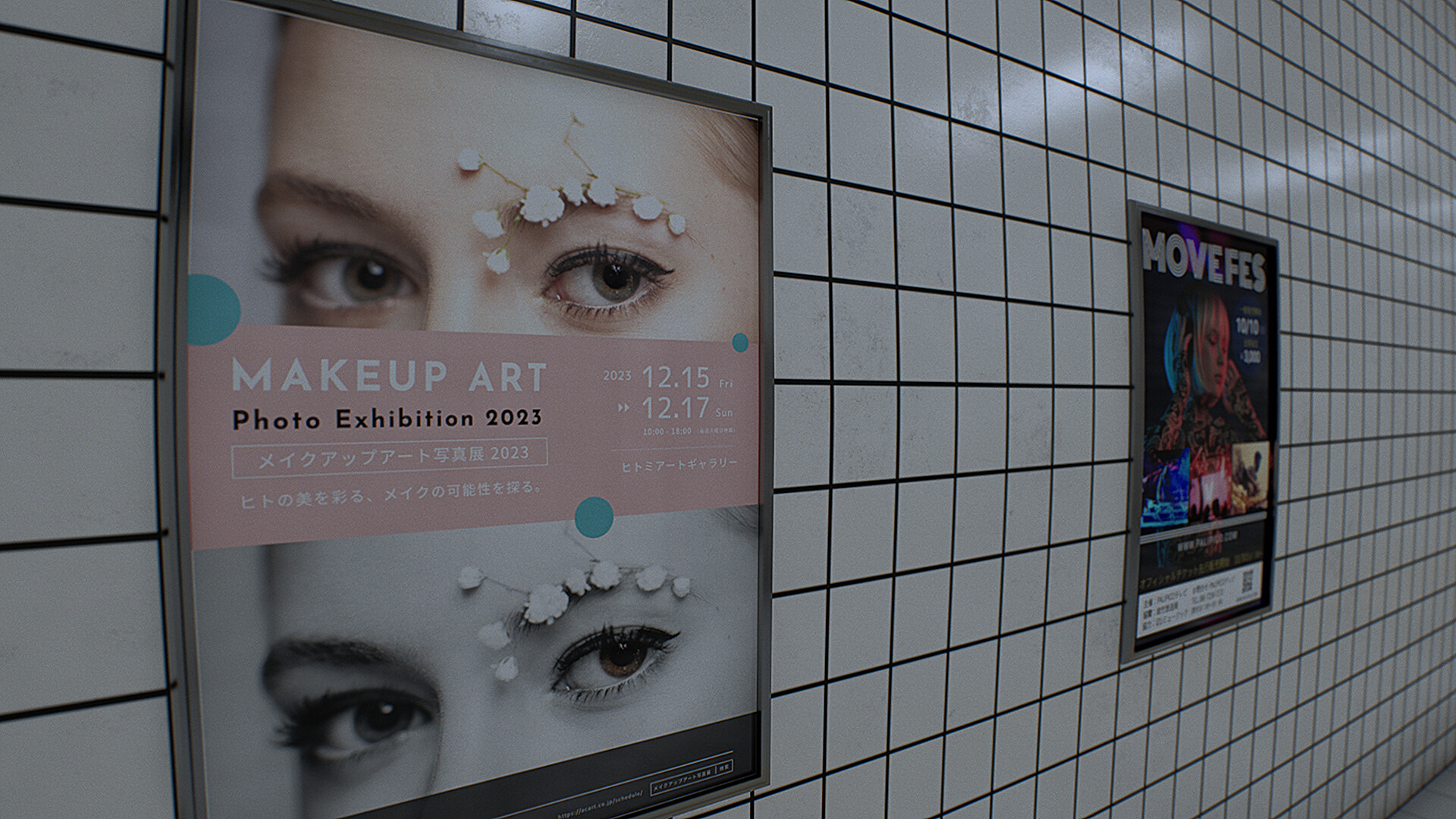
In terms of the game’s looks, Kotake Create decided that having realistic graphics would work best with the concept of eerie anomalies, which is why he created authentic assets for the subway passage based on real-life examples and utilized a wide-angle lens view and camera shaking effects.
The next process in development was creating a variety of anomalies, which were inspired by horror games such as P.T and films such as The Shining. However, Kotake Create comments that he made sure to keep the anomalies only “borderline horror,” and more on the “unsettling” side, which is why there are no instances where the player is killed. Even one of the scariest anomalies, where a “wall person” jumps out at the player, only ends with the scene fading to darkness.
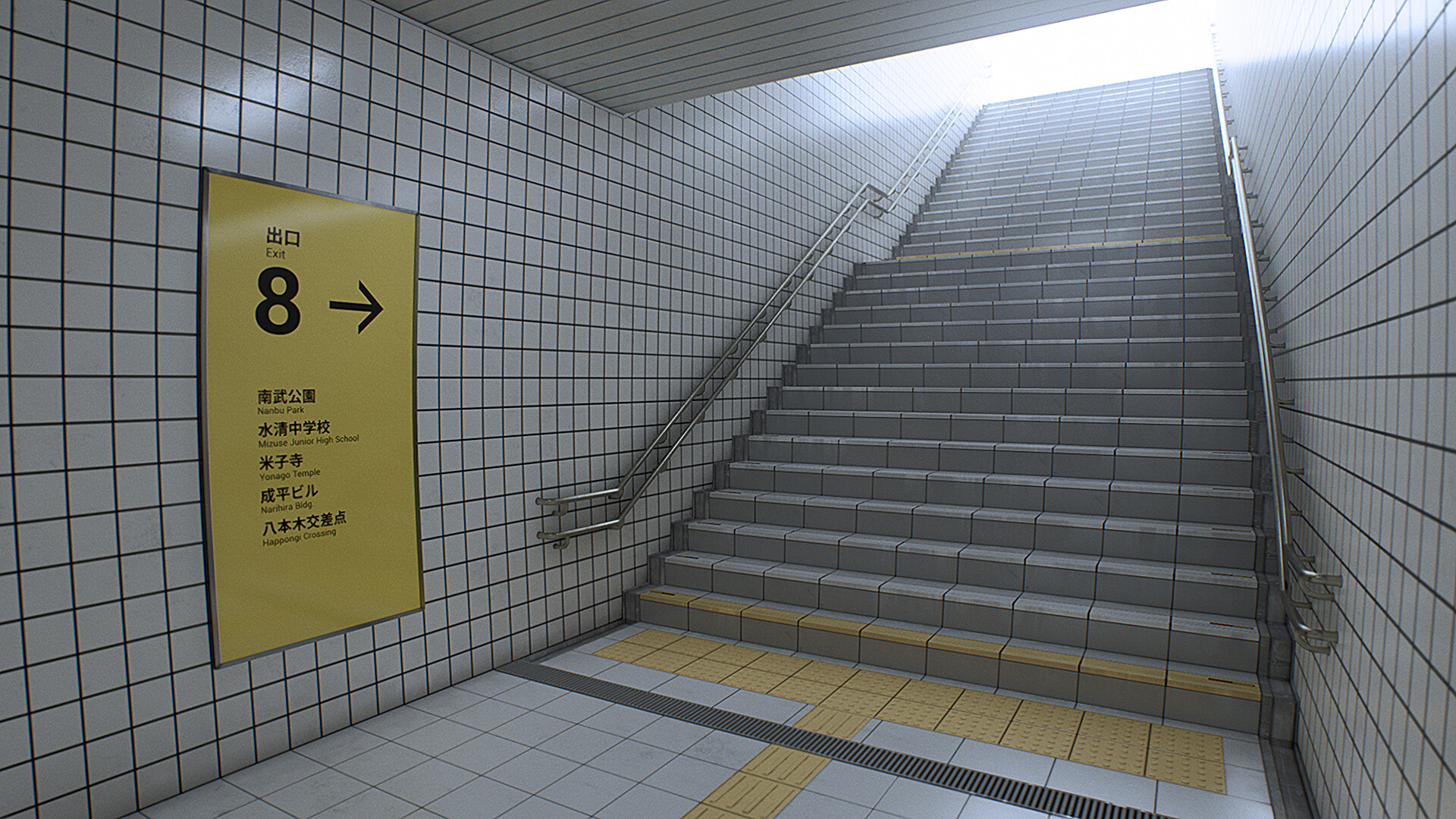
The game also makes use of many existing assets, such as for the famous middle-aged salaryman that walks past the player in each loop. Apparently, The Exit 8’s planning and prototype creation took about 6 months, and final development lasted another 3 months. Aside from test playing, debugging and English support, all processes were handled by Kotake Create. The developer’s systematic approach of defining key features of the game while shaving off unnecessary/costly options proved successful, as the short and simple Exit 8 proved to be addictively popular, inspiring a whole subgenre of “Exit-8-like” games.
The Exit 8 is available on (Steam). Kotake Create is currently developing Strange Shadow.

